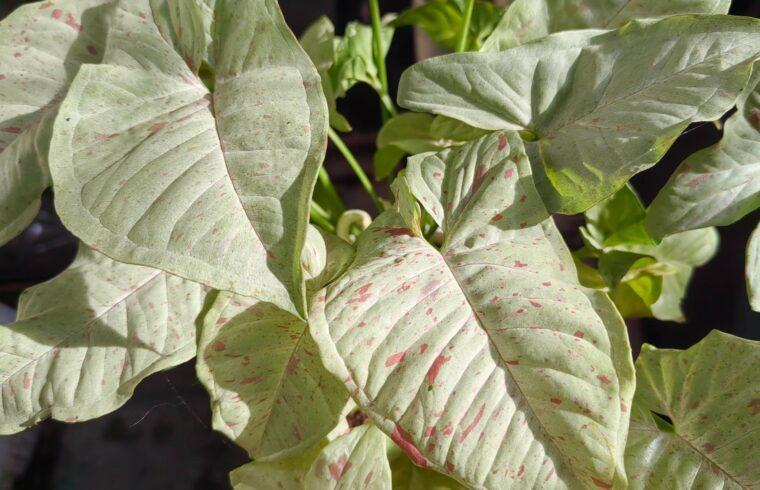In the world of indoor gardening, there’s a plant that stands out for its beauty, versatility, and low maintenance requirements: the Syngonium plant. Also known as the Arrowhead plant or Nephthytis, Syngonium is a popular choice among plant enthusiasts and beginners alike. In this blog article, we’ll explore the wonderful world of Syngonium, from its origins and varieties to care tips and why it’s a must-have addition to your indoor plant collection.

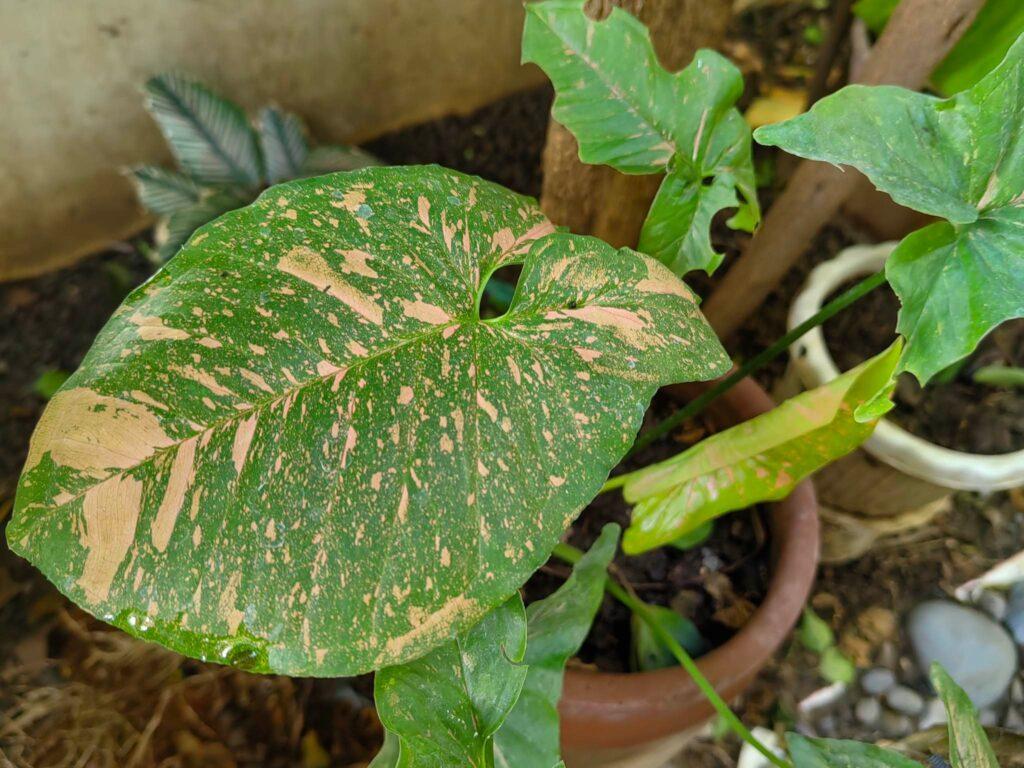
Syngonium Origin and History
Syngonium plants belong to the Araceae family and are native to the tropical rainforests of Mexico, Central America, and South America. They are appreciated for their distinctive arrow-shaped leaves, which exhibit a wide range of colors and patterns. In its natural habitat, Syngonium is often found climbing trees and rocks, showcasing its adaptive and resilient nature.
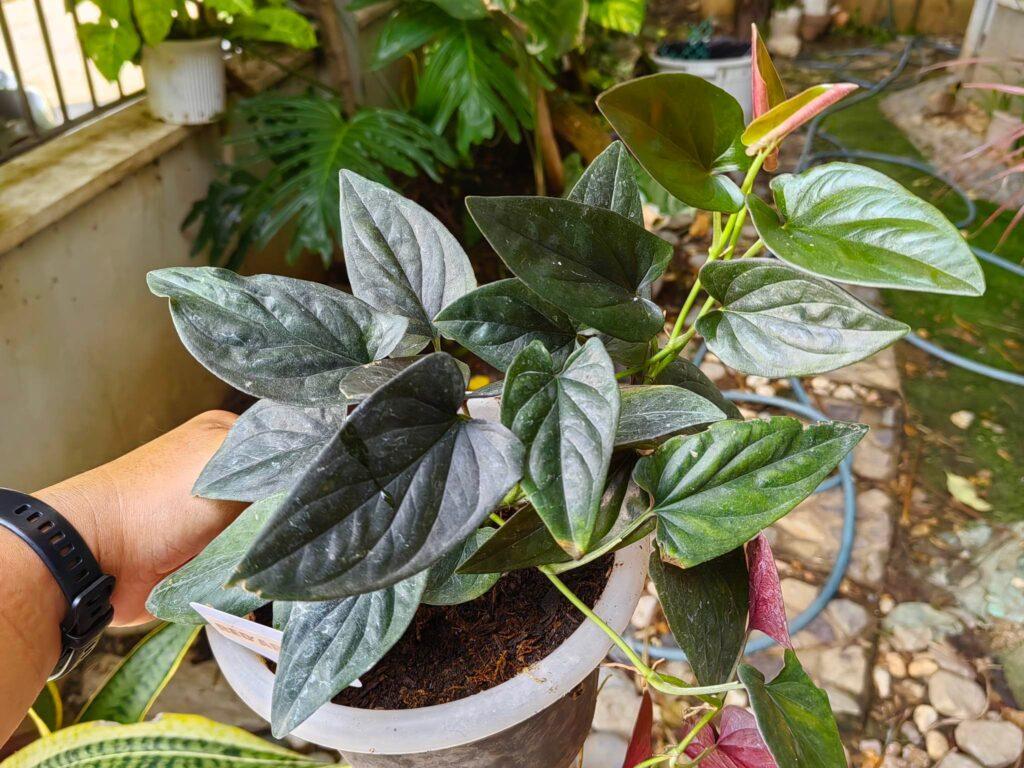

Varieties of Syngonium
One of the most exciting aspects of Syngonium is its diversity in leaf shapes, colors, and patterns. Some popular Syngonium varieties include:
- Syngonium Podophyllum: This is the most common variety, with arrowhead-shaped leaves that are typically green with white or silver variegation. It’s also known as the Goosefoot plant.
- Syngonium Neon Robusta: A striking variety with neon-green leaves that add a pop of color to any room.
- Syngonium Pink Allusion: As the name suggests, this variety features charming pinkish hues on its leaves.
- Syngonium Erythrophyllum: Known for its unique red-colored leaves, this variety is sure to catch the eye of plant lovers.
- Syngonium Macrophyllum: These plants have large, lush leaves that make a bold statement in any indoor space.

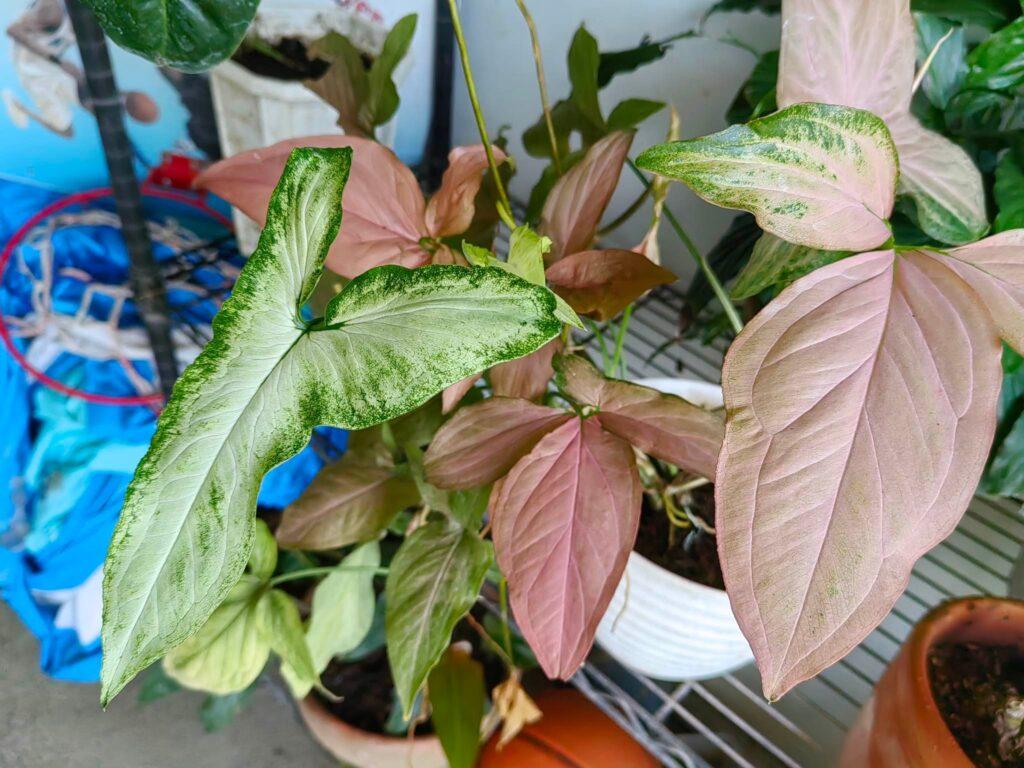
Care Tips for Syngonium
Syngonium is a favorite among plant enthusiasts because of its ease of care. Here are some essential care tips to keep your Syngonium thriving:
1. Light: Syngonium plants prefer bright, indirect light. Avoid direct sunlight, as it can scorch their leaves. They can tolerate lower light conditions, but their growth may slow down.
2. Watering: Keep the soil consistently moist but not soggy. Water when the top inch of soil feels dry. During the growing season (spring and summer), water more frequently, and reduce watering in the winter.
3. Humidity: Syngonium plants appreciate higher humidity levels. You can increase humidity by misting the plant, placing it on a tray with water and pebbles, or using a humidifier.
4. Temperature: They thrive in temperatures between 60°F to 80°F (15°C to 27°C). Protect them from drafts and extreme temperature fluctuations.
5. Fertilizing: Feed your Syngonium with a balanced liquid fertilizer every 4-6 weeks during the growing season (spring and summer).
6. Pruning: Regularly trim and prune your Syngonium to encourage bushier growth and maintain its shape.
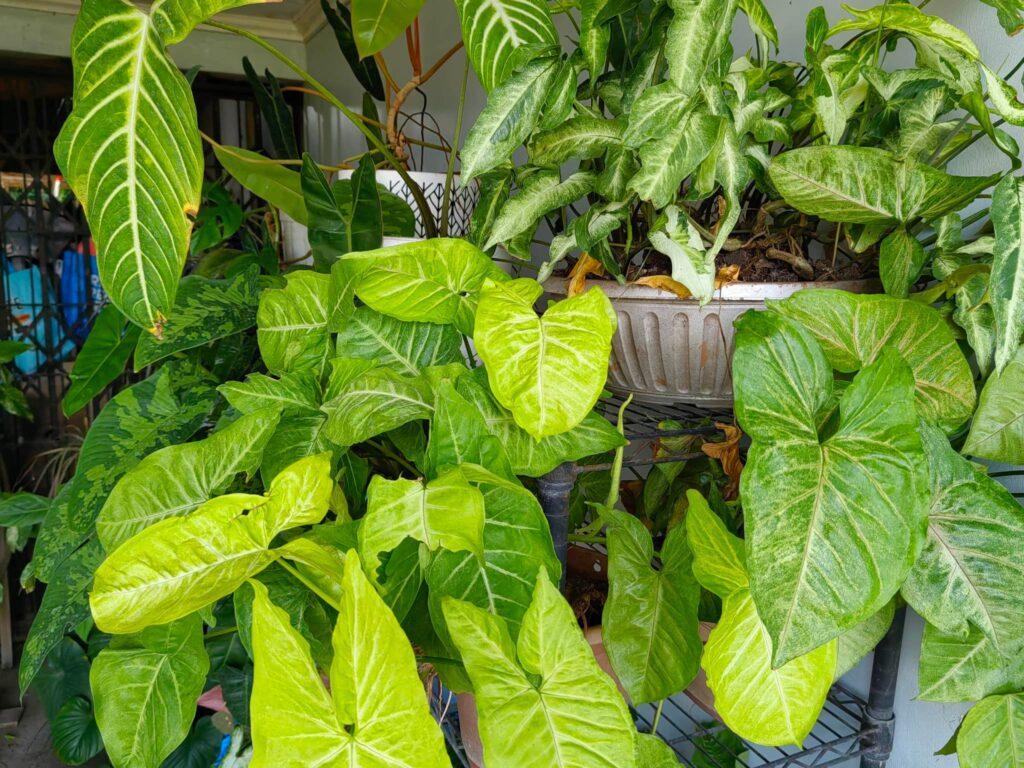
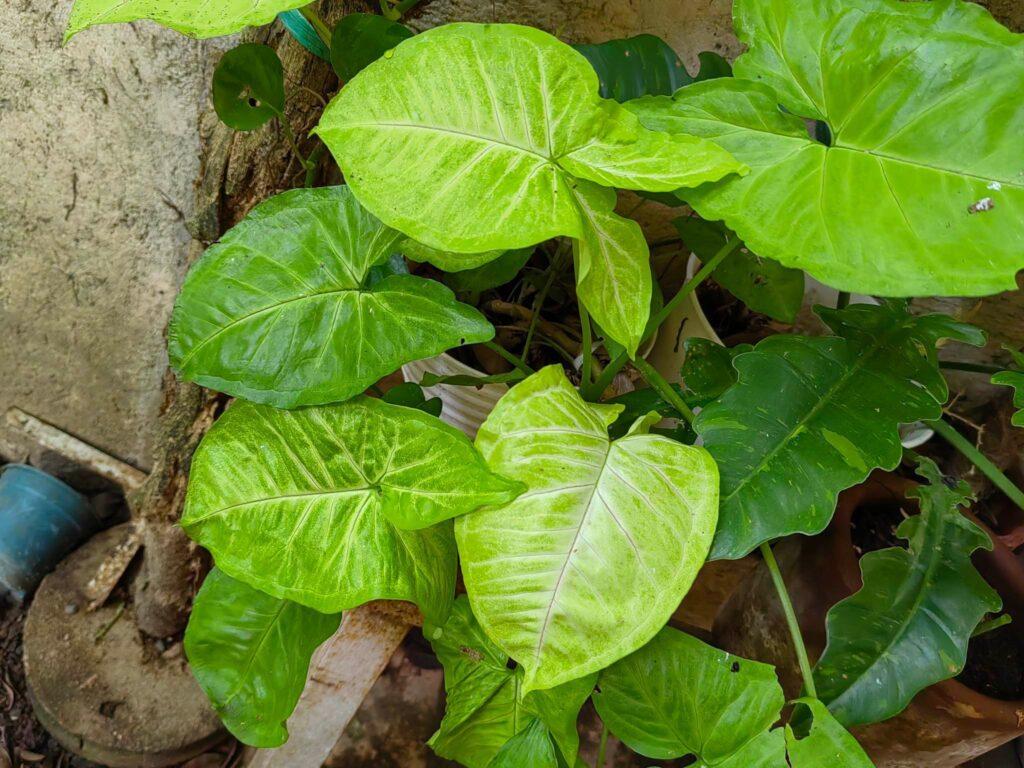
Why Choose Syngonium?
There are several reasons why Syngonium is an excellent choice for indoor gardening enthusiasts:
- Air Purification: Syngonium is known for its air-purifying properties, helping to remove toxins like formaldehyde and benzene from the air.
- Low Maintenance: Its easy care requirements make it a perfect choice for beginners and busy plant owners.
- Aesthetic Appeal: With its stunning foliage and variety of colors, Syngonium can add a touch of elegance to any indoor space.
- Adaptability: Syngonium can thrive in a variety of light and humidity conditions, making it adaptable to different environments.


Syngonium plant is a versatile and beautiful addition to any indoor plant collection. Its stunning foliage, easy maintenance, and air-purifying abilities make it a plant that both beginners and experienced plant enthusiasts can enjoy. So, whether you’re looking to brighten up your living space or expand your indoor garden, consider adding a Syngonium to your collection—you won’t be disappointed.
